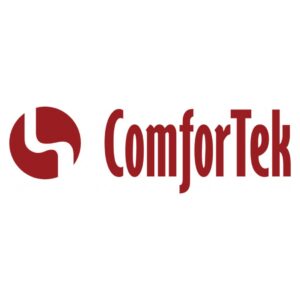Long-term trends continue in nursing care
The trend of declining occupancy has been in place for several years, as short-term residents are increasingly becoming more prevalent. A higher mix of short-term residents reduces length of stays, which in theory would lead to a lower occupancy over time.
The supply of operational nursing beds continued to decline marginally, with the operational inventory declining by 408 beds in the largest 31 metropolitan markets during 2Q11. This phenomenon is the result of both the closing of properties as well as a shift from semi-private to private rooms. Although properties that are renovating semi-private rooms into private rooms are not necessarily decreasing their number of licensed beds, the conversion to private rooms means the operational bed supply of those properties does decline.
Private-pay rents continued to increase at an annual pace of approximately 3 percent—a pace that rent growth has oscillated around for more than two years. The per diem private-pay rate was $265 as of 2Q11. However, private-pay residents are a minority among nursing care residents, making up less than 20 percent of this population. The largest payer source continues to be Medicaid, which was the payment source of 62.5 percent of nursing care residents in 2Q11.
| Graph courtesy of NIC MAP Data & Analysis Service. |
I Advance Senior Care is the industry-leading source for practical, in-depth, business-building, and resident care information for owners, executives, administrators, and directors of nursing at assisted living communities, skilled nursing facilities, post-acute facilities, and continuing care retirement communities. The I Advance Senior Care editorial team and industry experts provide market analysis, strategic direction, policy commentary, clinical best-practices, business management, and technology breakthroughs.
I Advance Senior Care is part of the Institute for the Advancement of Senior Care and published by Plain-English Health Care.
Related Articles
Topics: Articles , Housing











